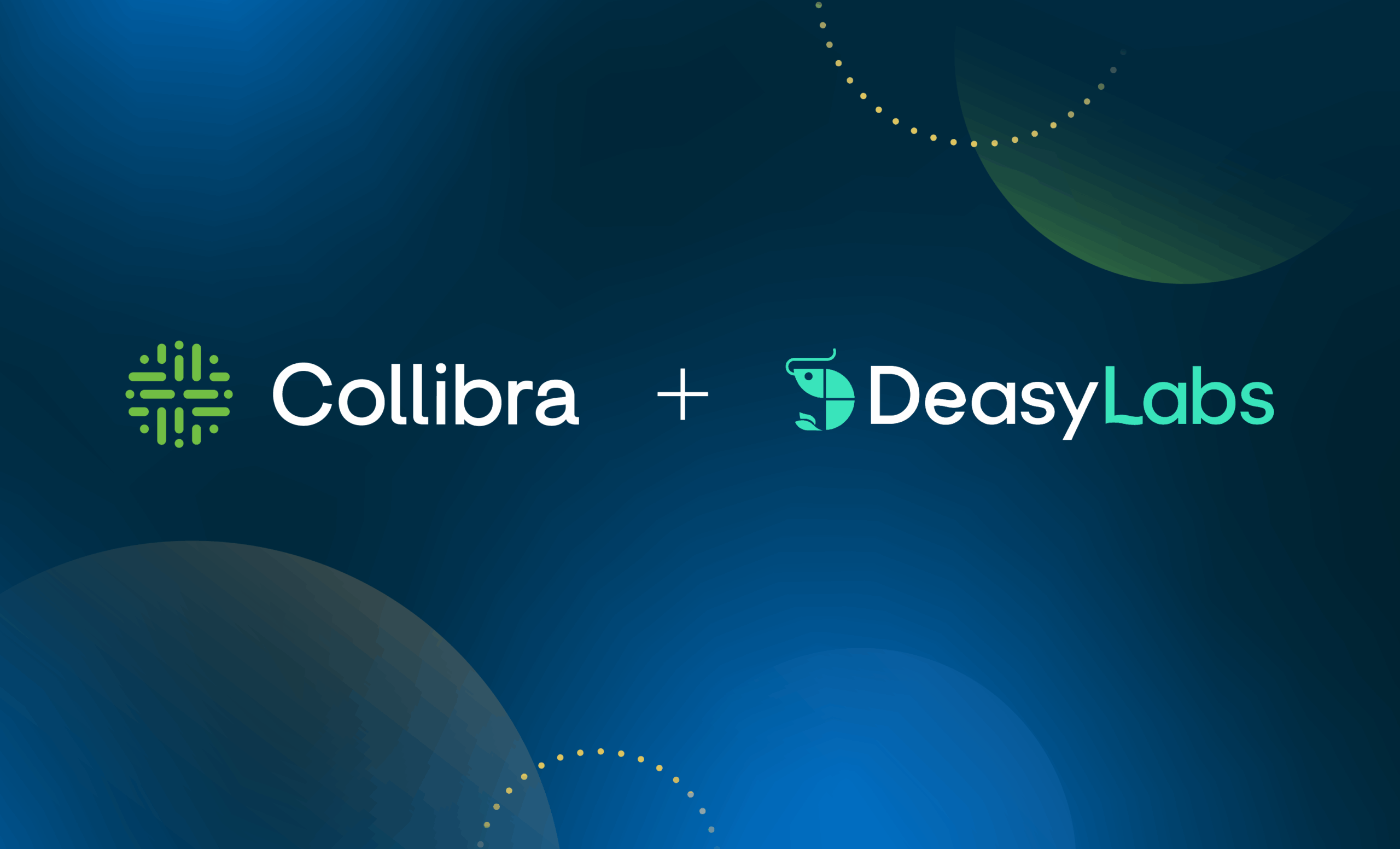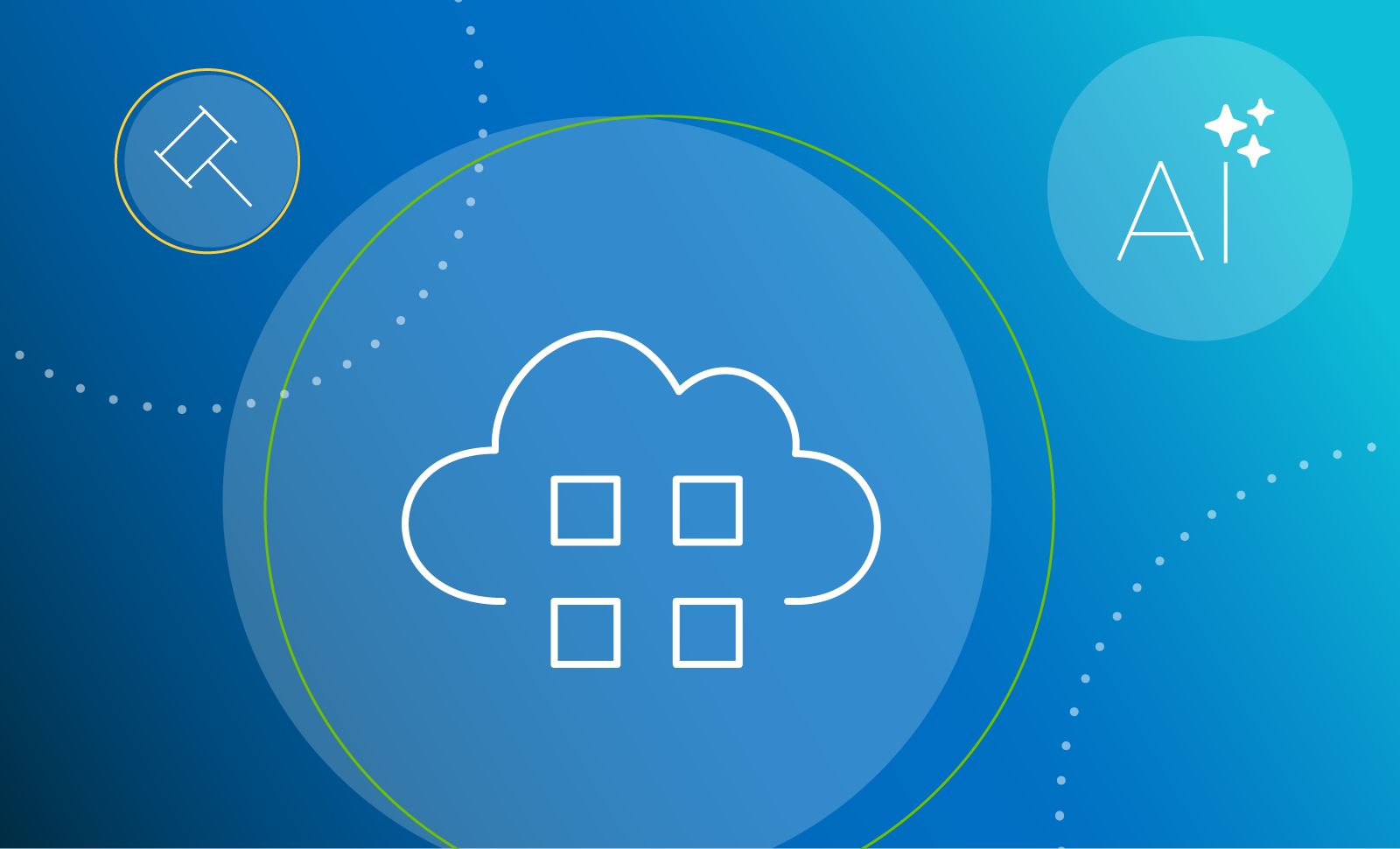Collibra’s CTO Madalina Tanasie recently joined the Engineering Leadership podcast to share insights from her unique journey to CTO. Here are just a few key takeaways from the interview. Listen to the full episode for even more stories and advice.
Madalina’s journey to be Collibra’s CTO
From a young age, Madalina felt motivated to make a difference with her life. She didn’t start her software engineering journey so much because of a passion for computers, but rather as a means for her to use her skills to advance initiatives she believed in. If you want to understand Madalina’s unique path to CTO, follow the impact.
Madalina found a huge opportunity for impact at Medidata Solutions, a SaaS platform for running clinical trials, where she spent 11.5 years growing from software engineer to VP of Platform Engineering.
“It was a life-changing experience. You know that if you make a mistake, literally, you are going to impact people’s lives. People could die or you could compromise a decades-long clinical trial. It requires a huge sense of responsibility, and that has been very important for me.”
Motivated by this mission, Madalina took on a variety of roles at Medidata.
“If you look at my LinkedIn profile, it might look like there was a straight line from engineer to VP of Engineering, but the reality was there was a lot of zigzagging and raising my hand to all kinds of unexpected opportunities.”
Madalina’s next big opportunity
Medidata was acquired in 2019, and Madalina decided it was time for her to make a change, too.
She considered what she wanted to do next and decided, “I wanted to work on something that would still be relevant in 10 years; I wanted to work at a company with a good culture; I wanted to work somewhere I could make a difference.”
That’s when Collibra came into the picture.
“When I stumbled upon the Collibra opportunity, it wasn’t in engineering. Leadership recognized that what got them to that point would not help them double again, and they needed someone who had seen the kind of growth they wanted to achieve. This person would sit between Product and Engineering and also move Collibra on the SaaS journey. ”
She recognized Collibra’s potential for great impact, and she was confident her experience had prepared her to make a difference.
“I liked the product and what Collibra was trying to do. Coincidentally, I had spent the last five years of my career building something very similar to Collibra’s product.”
Collibra’s unique culture met her final criteria.
“Collibra is special. It is a European company that is dual-headquartered in the US. There is incredible diversity, including in leadership, and diversity is appreciated and supported. That sentiment that I had when I interviewed — that this is a special company — has been repeated again and again.”
Questions to ask before taking on a transformation project
Collibra checked all the boxes for what she wanted in her next opportunity, but she had a few more questions to ask before taking on the task of helping Collibra scale and transform from on-prem to SaaS.
“Every transformation is different. Having done a few of them, there are a few dimensions that I like to consider before embarking on a big, multi-year project:
- What stage is the company and the team? Are you moving from a 20-30 person startup to hundreds of people? Or are you already past that phase and in scale up mode? Make sure you understand where the company is and the goal.
- Do you have the right people? And the right people vary depending on what stage you’re at and where you want to go. You need those champions to support, drive, lead, and jump in when things are going differently than expected.
- Do you have executive support — real executive support, not just the theoretical support? Make sure the executive team really understands the extent to which the culture will change, how much it’s going to cost, and how long it’s going to take. There is no magic wand or quick fix.”
After answering these questions, Madalina felt good about joining Collibra.
Madalina’s first transformation project at Collibra
Even though the product, opportunity, team, and culture all provided the right conditions for success, this initial transformation effort was still a challenge.
Madalina joined the company at the beginning of 2020 following a great year for Collibra that drove rapid growth — perhaps more growth than we were prepared for at the time.
“It was an interesting situation to get into because Collibra was a little bit too big for the stage it was in. 100-200 people is the ideal point to have the scale-up conversation, but at that point Collibra was close to 700.
I had to decide what to pick up first. For me, in my role between Product and Engineering, I decided that I needed to set up the foundation and uniformity between how various Engineering groups operate.”
She knew better alignment was key to moving from our roots as an on-prem software provider to a true SaaS platform.
“Collibra was not always built to be a platform. Teams had a lot of autonomy. They had different sets of tools, used different flavors of Agile, and they measured different things.”
To some extent, this allowed teams to move quickly and innovate, but it hindered their ability to collaborate and work efficiently.
“There was a need for a shared framework. I wanted to keep the innovative spirit and the entrepreneurial spirit, but also we needed accountability and discipline.”
Choosing a flavor of Agile and giving away some Legos
This kind of cultural shift is not easy, and it’s one Madalina was familiar with. She likes to use the analogy of “giving away your Legos,” as described by Molly Graham.
Madalina summarized it like this: “Scaling a company can cause similar emotional reactions as when someone is trying to take away your Lego. At the beginning, when you open the Lego box, you’re super excited. There are so many Lego pieces, we can do many things, it’s going to be amazing.
Then you start working on it and you realize that it’s a little bit too hard and you need some help. Then help comes, and you start having this anxiety, ‘Wait a minute, is this person going to take my job? Are they going to mess it up? Are they going to do it better than me and make me irrelevant?’”
When it came time to make changes to Collibra’s operations, she kept these dynamics in mind and formed a plan by listening to each team.
“I had a vision for a uniform framework, but I couldn’t assume that the model I had in mind based on what has worked in my past was going to be the appropriate model for Collibra. Back then we had about 10 engineering teams, so we interviewed every single one and said, ‘Describe your development process, your Agile process.’ Then, we put them on a matrix and looked at the differences between where they were and my mental model. After completing these interviews, we recalibrated the target state. Then we identified which teams were the closest and could be a champion prototype, which teams could move with a little intervention and guidance, and which teams needed serious intervention and would have to give up a lot of their Legos.”
This was Madalina’s first big, transformational project. Three years later, we have transitioned to a more unified Agile model that enables both innovation and collaboration as we build our SaaS platform. In the spirit of Agile, we constantly evaluate and evolve the model.
Madalina’s move from Operations to CTO
“Once the bulk of the scaling was done, I started putting my nose into Engineering matters, and people started noticing, ‘Hey, you know what you’re doing in Engineering, so maybe it’s time for your role to evolve.’ I was presented with the CTO role, and I said, ‘Sure, why not?’”
What seemed like a natural pivot to Madalina, an experienced software engineering leader, did not seem so logical to everyone.
“There were all these engineers who knew me from the operations angle but didn’t know me as a technologist, as an engineering leader. Suddenly they all had to report to this person who, honestly, they probably resented, because I was known as the process person.”
Once again, she started this new role by listening and learning. She spent the summer of 2021 meeting with every single Collibra Engineering team.
“I prepared before every meeting. I knew every single person in the meeting. I knew their names, how long they had been at the company, and as much as I could find out about their history. I would have four hours of meetings every day, and I met every single team. By the end of it, they knew me, and I knew them, and they trusted me. They knew that I would listen when they had something to say. I was not going to crack down and make this innovative company all process.”
She started each of these questions with three simple questions:
- What’s your mission as a team?
- What’s working, what’s easy?
- What’s more difficult than it needs to be?
She found two consistent storylines. First, teams were not as internally aligned as they thought they were.
The second was that there were a few common challenges that could be solved by implementing some standard processes.
“As they discussed what was making their lives harder than they need to be, they were coming back to a lack of processes, uniformity, and clear communication channels between themselves and other departments. The reality is engineers need processes and structure to eliminate the noise and create the space for solving really, really deep, challenging problems.”
Madalina’s relentless mindset
Through all this transformation and in the face of big challenges to come, Madalina hasn’t let up and doesn’t plan to.
“When I put my mind to something, I am relentless. I have my days when I feel like ‘Ok, this is really, really hard. I want to give up.’ But I am fundamentally relentless and extremely resilient — especially when I think that it’s the right thing and it’s worthwhile; especially when I have the support that I need.”
She recalled a scene from the 1997 sci-fi movie Gattaca as an analogy for the way she approaches her work. The movie is set in a dystopian future in which some people are bioengineered to be genetically superior, and those who are not are considered inferior “invalids”. In a pivotal scene, the protagonist, an invalid, beats his genetically superior sibling in a swimming competition, despite his sibling’s physical advantages.
“When asked about how he has managed to achieve this goal, he said something like, ‘I never saved anything from the swim back.’ That’s kind of how I am. When I’m committed to something, I just go, and I don’t worry if I have the energy to come back because going back is not an option, just going forward.”




